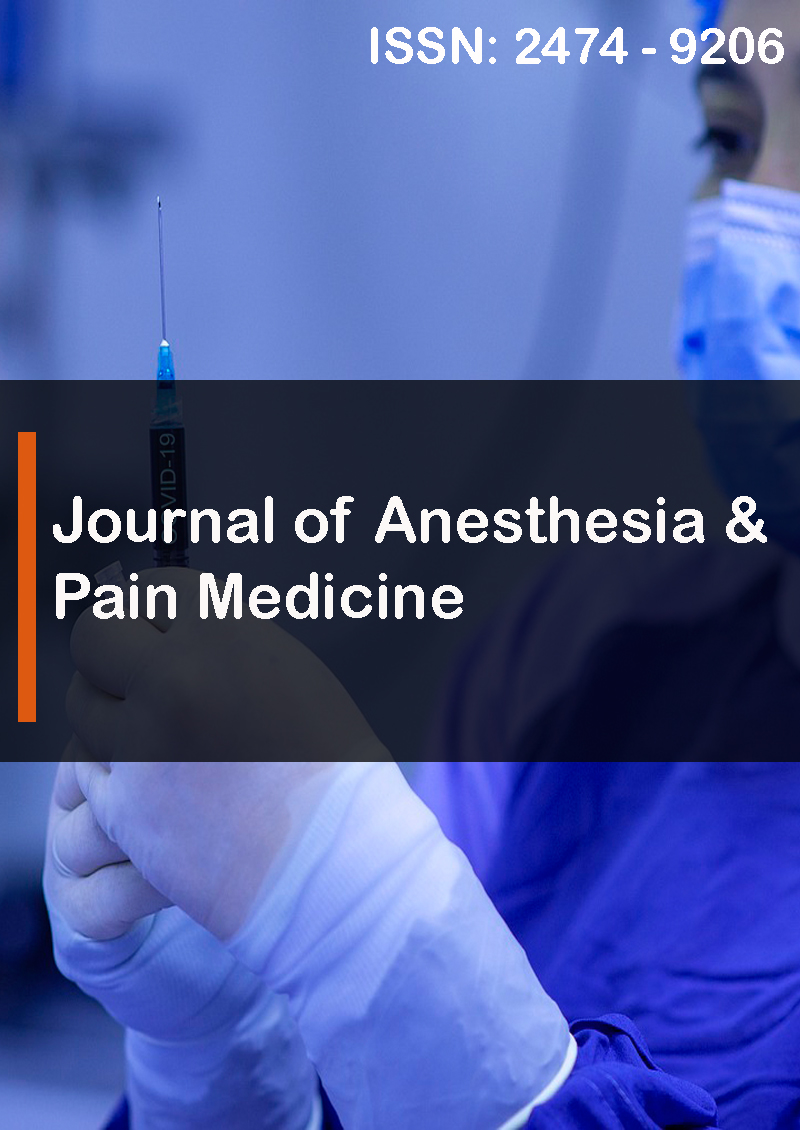Comparison of Spinal Versus General Anesthesia for Caesarean Section in Patients with Severe Preeclampsia
Abstract
Ushma H Thakar, Gauri M Panjabi, Dev Desai and Vismit Gami
Preeclampsia is a potentially fatal and multi-system disorder with significant maternal, fetal and neonatal morbidity and mortality. Preeclampsia is a triad of new onset of hypertension (BP>140/90mmhg), proteinuria (>0.3gm/day) and nondependent oedema after 20 weeks of pregnancy while severe preeclampsia is defined as BP > 160/110 mm of hg. The goals are optimization of maternal BP, cardiac output, and uteroplacental perfusion and prevention of seizures and stroke. Risk-benefit considerations strongly favor neuraxial techniques over GA for caesarean.
Aim: Compare hemodynamic stability & feto-maternal outcome.
Objectives: This study aims to investigate intra-operative complications, assess total intravenous fluid and vasopressor requirements, analyze post-operative complications, evaluate Apgar scores, and explore fetomaternal morbidity and mortality.
Methodology: Observational prospective study
Inclusion criteria: Severe preeclampsia ASA grade II/III/IV 18-40 years
Exclusion criteria: Coagulopathy Impending eclampsia HELLP Syndrome Associated cardiovascular & pulmonary disease. After explaining and taking informed written consent taken. Non-invasive monitors applied. In general anesthesia Etco2 monitor was also applied. Before induction, pre-operative vitals noted. The patients were randomized in to two equal groups (n=30) GROUP S: Spinal anesthesia GROUP G: General anesthesia
Results: All vital parameters decreased after giving SA in Group S, while it was increased in Group G(p<0.001). Intraoperative bradycardia, hypotension and vasopressor requirement was more common in Group S. Postop complications were more in Group G. Fetomaternal outcome was better in Group S than Group G.
Conclusion: Relative risk of general and regional anesthesia must be properly assessed. Spinal anesthesia could be considered as better alternative to GA for severe preeclampsia patients undergoing caesarean section without coagulopathy.



